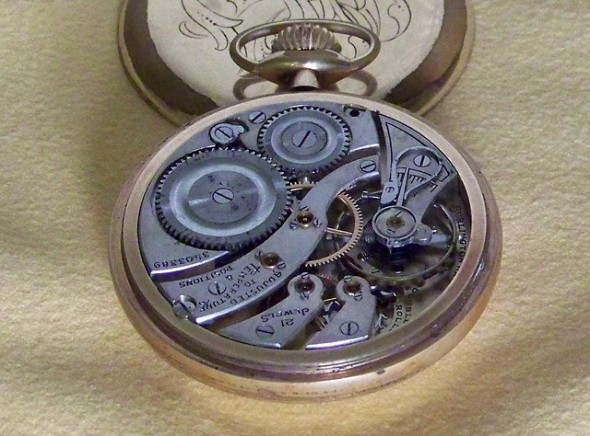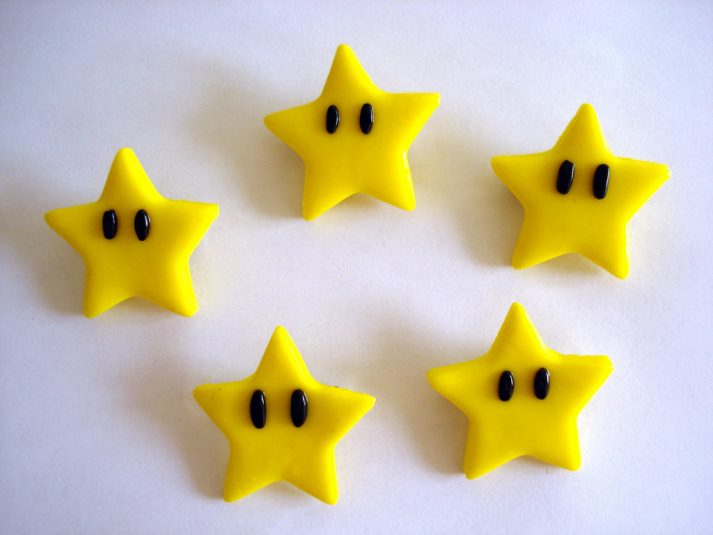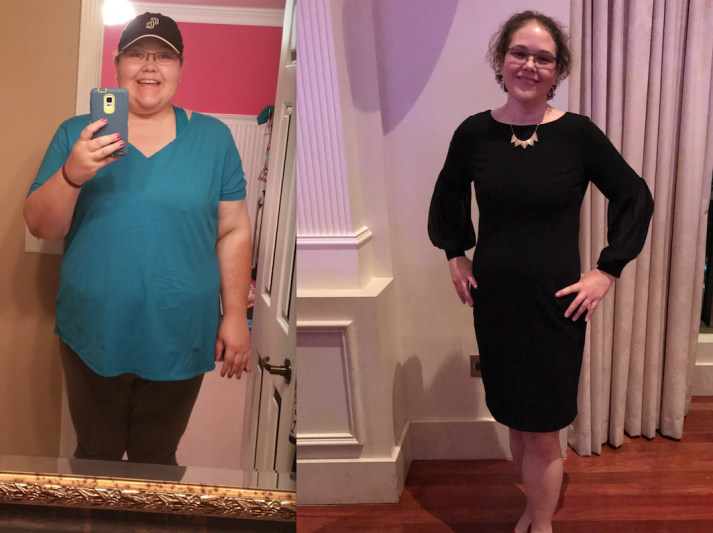http://www.marksdailyapple.com/
 One of the biggest mistakes I see among people who exercise is they forget this core truth: we get fitter not from training, but from recovering from training. This doesn’t just occur in beginners either. Some of the most experienced, hardest-charging athletes I know fail to heed the importance of recovery. Hell, the reason my endurance training destroyed my life and inadvertently set the stage for creation of the Primal Blueprint was that I didn’t grasp the concept of recovery. I just piled on the miles, thinking the more the merrier.
One of the biggest mistakes I see among people who exercise is they forget this core truth: we get fitter not from training, but from recovering from training. This doesn’t just occur in beginners either. Some of the most experienced, hardest-charging athletes I know fail to heed the importance of recovery. Hell, the reason my endurance training destroyed my life and inadvertently set the stage for creation of the Primal Blueprint was that I didn’t grasp the concept of recovery. I just piled on the miles, thinking the more the merrier.
It didn’t work.
What is recovery, anyway?
There’s short-term recovery. Your heart rate slows back down, your body temperature drops, your sweat dries, your muscles and lungs stop burning.
Long-term recovery is less conspicuous, more internal. You replace lost energy stores, repair damaged muscle, clear out waste products, and begin the process of adaptation to the training.
When both short- and long-term recovery happen together, you “feel ready” to go again.
Some portion of how quickly we recover from training is out of our direct control.
Genetics is one factor we can’t control. Researchers have found genetic variants of collagen-encoding genes that increase or decrease the rate at which we recover from exercise-induced muscle damage, muscle tissue genes that increase resistance to exercise-induced muscle soreness, immune genes that affect the speed of adaptation to training. But even many genetic variants purported to affect recovery act through decisions carriers make. A carrier of a genetic variant linked to muscle power experienced more muscle damage and required more recovery after a soccer match, but only because that carrier “performed more speed and power actions during the game.”
Age is another factor out of our direct control. Sure, living, eating, and training right can stave off many of the worst effects of aging. Sure, a sedentary 70-year-old will recover from a workout far more slowly (if he or she can be cajoled into training) than a 70-year-old master athlete. But time does tick on. Following training that fatigues but doesn’t damage the muscles, like easy cycling, light weight training, or a sub-aerobic threshold jog, older athletes recover muscle function and performance at similar rates to younger athletes. After intense exercises that damage the muscles, like sprints, heavy lifting, intervals, or longer race-pace runs, however, older athletes recover more slowly than younger athletes.
Other factors, while preventable and modifiable over the long haul, inexorably inhibit workout recovery once they’re in place:
If you’re sick, you won’t recover as quickly. Illness diverts some of the resources that would otherwise be used to recover from training.
If you have heart disease, you’ll recover more slowly. In one study, having heart disease was the greatest predictor of a slower rate of heart rate recovery after exercise.
If your hormones are out of whack, you’ll likely recover more slowly. Hormones are the messengers and managers that tell our cells what to do. That includes muscle repair, hypertrophy, fuel replenishment, inflammatory signaling, and every other cellular function related to recovery.
Now I’ve got bad news and good news. Everything else that slows down workout recovery is under your direct control.
Factors We Can Control
Stress
Stress is stress. Traffic is a stressor. A job you hate is a stressor. Procrastinating until you absolutely must get working is a stressor. And yes, exercise is a stressor. Too much of the psychological, lifestyle, or mental stress we all face impairs our ability to recover from exercise-induced stress.
Recent research confirms that “mental stress” impairs workout recovery, and it doesn’t speak in generalities. Thirty-one undergrads were assessed for stress levels using a battery of psychological tests, then engaged in a heavy lower body strength workout. At an hour post-workout, students in the high stress group had regained 38 percent of their leg strength, while students in the low stress group had regained 60 percent of their strength.
I developed my anti-stress supplement Primal Calm (now, Adaptogenic Calm) back in the chronic cardio days as a way to improve my training recovery. That’s what gave the product so much momentum in the endurance community—it turns out that beating back stress of all kinds quickened recovery from a very specific type of training stress.
Some stress is unavoidable. But most of us create additional stress in our lives and fail to do enough to counter or manage it. Stop making unforced errors.
Poor Sleep
Sleep debt impairs exercise recovery primarily via two routes: by increasing cortisol, reducing testosterone production, and lowering muscle protein synthesis; and by disrupting slow wave sleep, the constructive stage of slumber in which growth hormone secretion peaks, tissues heal, and muscles rebuild. That’s probably why sleep deprivation has been linked to muscular atrophy and increased urinary excretion of nitrogen, and why the kind of cortisol excess caused by sleep deprivation reduces muscle strength.
Additionally, sleep loss can increase the risk of injuries by decreasing balance and postural control. If you trip and fall, or throw out your back due to poor technique, you won’t even have a workout to recover from.
Most people think bad sleep is unavoidable. It happens to the best of us from time to time, but a night of bad sleep here and there isn’t going to slow down recovery. The real recovery killer is chronically bad sleep, and that’s the kind most of us can avoid by sticking to a good sleep hygiene regimen.
Nutrient Deficiencies
Since every physiological function requires a micronutrient substrate—vitamin, mineral, hormone, neurotransmitter, etc.—and physiological functions increase with exercise and recovery, active people require more micronutrients in their diet. “More of everything” is a safe bet, but there are a few key nutrients that working out especially depletes:
Zinc: Exercise, especially weight training, works better with plenty of testosterone on hand to build muscle and develop strength. Zinc is a key substrate for the production of testosterone, and studies show that exercise probably increases the need for zinc. In fact, one study found that exhaustive exercise depleted testosterone (and thyroid) hormones in athletes, while supplementing with zinc restored it.
Magnesium and Other Electrolytes: Magnesium is required for a number of physiological processes related to workout recovery, including oxygen uptake by cells, energy production, and electrolyte balance. Unfortunately, as one of the main electrolytes, lots of magnesium is lost to sweat during exercise. The same could be said for other electrolytes like calcium, sodium, and potassium, but most people get plenty of those minerals from a basic Primal eating plan. Getting enough magnesium, however, is a bit tougher, making magnesium deficiency a real issue for people trying to recover from workouts.
Iron: Intense exercise depletes iron, which is instrumental in the formation of red blood cells and oxygen delivery to your tissues during training and the immune response after it. They even have a name for it—exercise-induced anemia.
Soreness
Post-workout delayed onset muscle soreness, or DOMS, is no joke. While many of you folks reading this probably enjoy DOMS and take it as feedback for a job well done, it’s a hurdle that many beginners never move past. They join a gym, d0 a workout, feel great, go to bed feeling awesome, sleep like a baby, then wake up and find they have the bipedal capacity of a three-month-old. They can barely walk. Lifting their arms to brush their teeth is agony. Walking downstairs is out of the question. Some will move past the DOMS and get back into the gym. Many will not.
Low Fuel Availability
Working out expends energy. That energy must be replenished before you’re fully recovered and prepared to do another workout. Unless you’re trying to increase efficiency by training in a state of low fuel availability, like the “train low-carb, race high-carb” method, you should recover what’s been lost. What you replenish is conditional on the type of exercise you did. If you went for a long hike or easy bike ride that burned primarily body fat, you don’t need to—and probably shouldn’t—”replenish what you lost.” If you’re coming off a 30-minute full body CrossFit session that left you gasping on the ground in a puddle of sweat, you probably have some glycogen stores to refill.
This is a common issue for folks trying to lose weight through diet and exercise. Inadequate calorie intake coupled with intense exercise sends a “starvation” signal to the body, causing a down-regulation of anabolic hormones. Instead of growing lean mass and burning body fat, starvation (whether real or simulated) promotes muscle atrophy and body fat retention. Either alone can be somewhat effective, but combining the two for too long will only impair recovery.
Alcohol
Drinking directly impairs muscle protein synthesis, the essential step in muscle recovery and adaptation to training. Moderate or “social” drinking is probably safe (just don’t use alcohol as a post-workout recovery drink), but even just a single day per week of binge drinking is linked to 4x the risk of sarcopenia, or muscle-wasting. It’s hard to recover from your workouts if your muscles are atrophying.
Oddly, drinking directly after a training session also increases testosterone levels. One theory is that testosterone levels rise after drinking because it becomes less bioavailable; your muscle cells’ resistance to testosterone goes up, so it just circulates and gives “false” readings.
Things You Can Try
The obvious thing to try is the opposite of all the modifiable and preventable recovery-inhibitors mentioned above. Get good sleep, don’t drink too much (especially post-workout), get a handle on your stress, eat enough food, eat enough protein, get your micronutrients. What else?
Watermelon
L-citrulline is an amino acid found in watermelon that shows a significantly ameliorative effect on post-workout muscle pain, or delayed onset muscle soreness (DOMS). You can also supplement directly with L-citrulline, which may work, but watermelon is so good right now with a little salt, lime juice, and cayenne pepper, and it’s actually lower in carbs than you probably think (about 10 grams per cup of watermelon). I recommend fresh watermelon over pasteurized juice, as heat treatment reduces the effect.
Beets
Beets (and beet juice) aren’t only good for exercise performance. They also reduce DOMS. Nitrates have been posited as the primary constituent responsible for the effect, but beet juice works better than pure sodium nitrate.
Tart Cherry Juice
Tart cherry juice is best used to recover during competition, when your primary concern is to get back out there and perform. Its extreme effectiveness at killing muscle pain, reducing local and systemic inflammation and exercise-induced muscle damage suggests it may hamper training adaptations, however. It does also improve sleep, which should translate into better adaptations.
Massage
Massage feels great, and the evidence shows that it’s great for recovery from exercise. It alleviates DOMS. It speeds up the recovery of muscle strength and enhances proprioception. It improves central nervous system parasympathetic/sympathetic balance, even if the masseuse is one of those weird back massage machines.
Compression Garments
These aren’t just for show. A recent meta-analysis of the available research concluded that compression garments enhance muscle recovery after strength training and improve next-day cycling performance.
Whey
Compared to other proteins, whey protein accelerates muscle adaptation to eccentric exercise.
Creatine
Although we get creatine from red meat and fish, supplementary creatine can boost our recovery from exercise via a couple mechanisms. First, it increases muscle content of phosphocreatine. That’s the stuff we use for quick bursts of maximal effort, so carrying a little extra can do wonders for our ability to perform. Second, it enhances muscle glycogen replenishment without increasing insulin.
Fish Oil (or Fatty Fish)
Adding fish oil to a recovery drink reduced post-workout muscle soreness without affecting performance. Fish oil may also enhance muscle recovery from and adaptation to strength training.
Cold Water
A cold water plunge after training enhances the recovery of muscle function. However—and this is a big “however”—post training cold water plunges also seem to impair long term muscular adaptations to resistance training. In other words, a cold plunge might help you get back in the game for the short term at the cost of long-term adaptations.
More Carbs
I always say “Eat the carbs you earn.” While that often means eating fewer carbs than before, it can also mean eating more if you’ve trained hard enough to warrant them. This even applies to keto folks; depleting glycogen through exercise creates a “glycogen debt” that you can repay without inhibiting ketosis or fat-adaptation too much. The carbs—which you don’t need much of—go into muscle glycogen stores for recovery and later use without disrupting ketosis.
Don’t take this final section as a blanket recommendation, however. Before taking ice baths, dropping $500 on massages every week, taking a long list of expensive supplements, and walking around in a full body compression suit, make sure you’re sleeping, eating enough food, and giving yourself enough time between workouts. Quite often, handling the basics will be enough.
What have you found to be the best way to recover from your training? What are the biggest roadblocks? Let me know down below, and thanks for reading!
The post What Causes Slow Post-Workout Recovery—and What Can You Do About It? appeared first on Mark’s Daily Apple.

















 For now classes are 6pm and 640pm at 2840 Wildwood st in the Boise Cloggers studio.
Book your class NOW!
click this ==>
For now classes are 6pm and 640pm at 2840 Wildwood st in the Boise Cloggers studio.
Book your class NOW!
click this ==>








